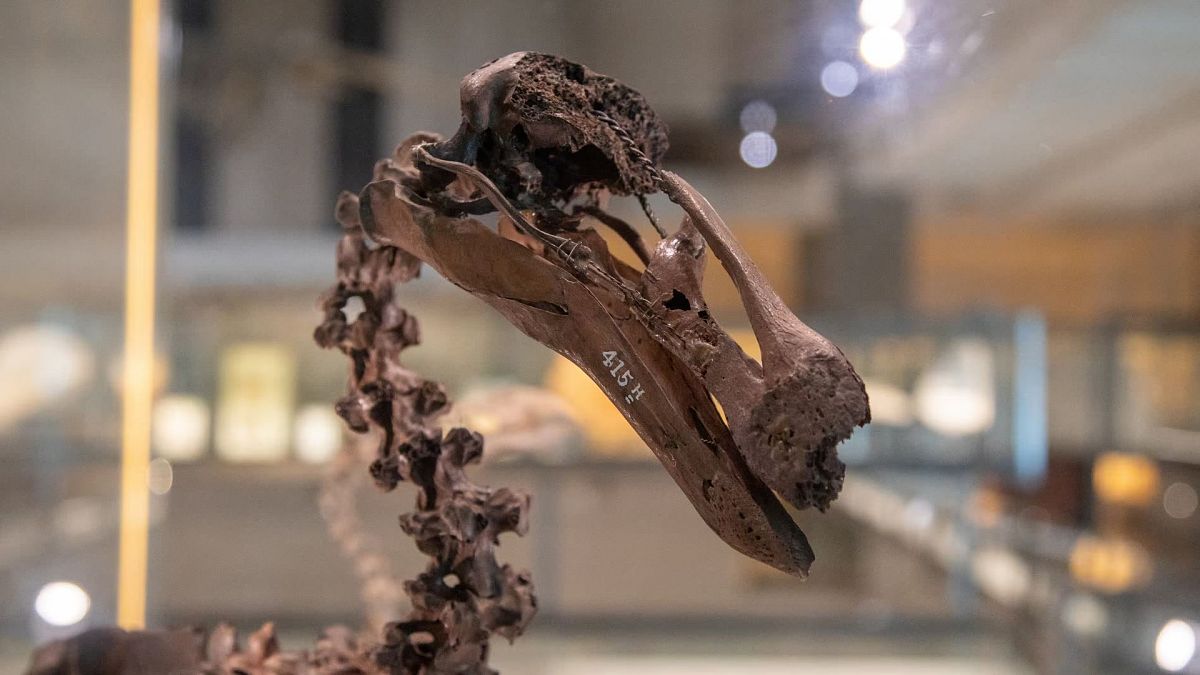A museum experiment in Cambridge is allowing visitors to have a conversation with a dodo, and other dead animals, with the help of artificial intelligence.
The Mauritius dodo, a bird last seen in the 17th century, is once again “speaking” at the Cambridge Museum of Zoology, thanks to AI technology.
Despite being extinct by the 1680s, visitors can now engage in real-time conversations with a virtual version of the iconic bird through their smart devices.
The AI-driven experience allows the dodo to answer questions about its life, including how it became extinct after sailors arrived on its native island of Mauritius. It can even explore more ethical questions like whether it would like to be cloned back into existence by scientists.
Jack Ashby, assistant director of the Museum of Zoology Cambridge, thinks AI provides a new way for visitors to interact with its exhibits.
He says: “Museums generally choose what to tell people, but in this way they can ask whatever they like and that’s really, really valuable, I think. They can have an actual conversation with an animal, with a specimen, and I think brings it to life in a really different way than a normal museum exhibit might.”
There are 12 other animal specimens featured in the project, each with its own unique voice. The platypus has a poetic turn of phrase as it describes its life in the water. And the giant skeleton of a megatherion has a female voice.
Other animals featured in the AI experience include a narwhal, a butterfly, a fin whale and even a cockroach.
Jack Ashby says: “When I started working with the Nature Perspectives platform, I was just asking factual questions. But because the animal’s personality comes across really quickly, you end up having an actual conversation where you’re asking more about feelings, you’re asking anything fun. You could ask how its day was or what it had for breakfast.”
To avoid anthropomorphising the animals, the AI’s creators tried to provide an authentic voice. Of course a dodo isn’t going to be a Taylor Swift fan, instead it tries to provide a response consistent with its environment.
The AI technology is provided by Nature Perspectives, an international tech-education company founded by Cambridge graduates who studied together on a masters of Conservation Leadership.
Speaking from Tel Aviv, co-founder Gal Zadir explains the technology behind the project: “So the simulations are very flexible. We built what we call a digital mine on a simulation of a specific individual that includes personality traits, as much as we can of the known science about its evolutionary adaptations and so on, alongside a memory bank of things that it could possibly have experienced during its lifetime.”
Ashby also emphasizes the inclusivity of the technology, noting that it adapts its responses based on the user’s age and language: “So people can tell the animal what age they are. It speaks back to them at a kind of age appropriate level. It speaks in 20 different languages. So whoever you are, you can come and ask a question. You can type in your questions, or you can use voice. So yeah, it’s very inclusive.”
To ensure appropriate usage, the museum has implemented “guardrails” like profanity filters. The AI experience will be available from 15 October to 15 November 2024, after which the museum will assess its success and the nature of the conversations it inspired.
Check out the video above for a look at the new museum AI experiment in action.
Video editor • Theo Farrant

